
Taxpayers in 21 states received special payments related to general welfare and disaster relief in 2022. However, according to recently issued guidance from the IRS, they will not need to report these payments on their 2022 federal tax returns. The special tax refunds or payments made by certain states were related to the pandemic and its associated consequences. Generally, payments made by states are includable in income for federal tax purposes. Due to this unique and complex situation, the rules surrounding their treatment for federal income tax purposes are more complex.
As such, people in the following states do not need to report these state payments on their 2022 tax return: California, Colorado, Connecticut, Delaware, Florida, Hawaii, Idaho, Illinois, Indiana, Maine, New Jersey, New Mexico, New York, Oregon, Pennsylvania, and Rhode Island. Alaska is included in this group as well. Still, taxpayers should be aware that the annual payment of Alaska’s Permanent Fund Dividend does not apply to this exception as it is considered taxable income on federal tax returns.
Additionally, taxpayers in Georgia, Massachusetts, South Carolina, and Virginia will not include state payments in income for federal tax purposes if they meet certain requirements. For these individuals, state payments will not be included for federal tax purposes if the payment is a refund of state taxes paid and either the recipient claimed the standard deduction or itemized their deductions but did not receive a tax benefit.
To assist taxpayers who have received these payments in filing their returns in a timely fashion, additional information is provided below:
Refund of State Taxes Paid
If the payment is a refund of state taxes paid and either the recipient claimed the standard deduction or itemized their deductions but did not receive a tax benefit (for example, because the $10,000 tax deduction limit applied), the payment is not included in income for federal tax purposes.
Payments from the following states in 2022 fall in this category and will be excluded from income for federal tax purposes unless the recipient received a tax benefit in the year the taxes were deducted.
- Georgia
- Massachusetts
- South Carolina
- Virginia
General Welfare and Disaster Relief Payments
If a payment is made for the promotion of the general welfare or as a disaster relief payment, for example, related to the outgoing pandemic, it may be excludable from income for federal tax purposes under the General Welfare Doctrine or as a Qualified Disaster Relief Payment. Determining whether payments qualify for these exceptions is a complex fact-intensive inquiry that depends on several considerations.
The IRS has reviewed the types of payments made by various states in 2022 that may fall into these categories. Given the complicated fact-specific nature of determining the treatment of these payments for federal tax purposes balanced against the need to provide certainty and clarity for individuals who are now attempting to file their federal income tax returns, the IRS has determined that in the best interest of sound tax administration and given the fact that the pandemic emergency declaration is ending in May 2023 making this an issue only for the 2022 tax year, if a taxpayer does not include the amount of one of these payments in its 2022 income for federal income tax purposes, the IRS will not challenge the treatment of the 2022 payment as excludable for income on an original or amended return.
Payments from the following states fall in this category, and the IRS will not challenge the treatment of these payments as excludable for federal income tax purposes in 2022.
- Alaska (Only for the supplemental Energy Relief Payment received in addition to the annual Permanent Fund Dividend.)
- California
- Colorado
- Connecticut
- Delaware
- Florida
- Hawaii
- Idaho
- Illinois (Illinois issued multiple payments, and in each case, one of the payments was a refund of taxes, which should be treated as noted above, and one of the payments is in the category of disaster relief payment.)
- Indiana
- Maine
- New Jersey
- New Mexico
- New York (New York issued multiple payments, and in each case, one of the payments was a refund of taxes, which should be treated as noted above, and one of the payments is in the category of disaster relief payment.)
- Oregon
- Pennsylvania
- Rhode Island
Other Payments
Other payments that states may have made are generally includable in income for federal income tax purposes. This includes the annual payment of Alaska’s Permanent Fund Dividend and any payments from states provided as compensation to workers.

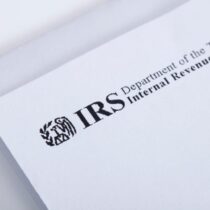


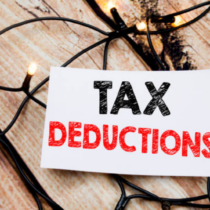


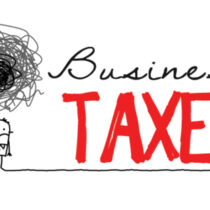







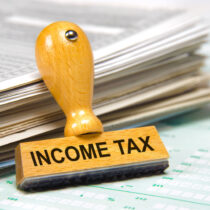

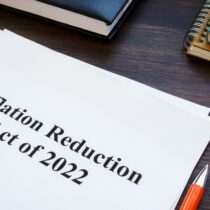



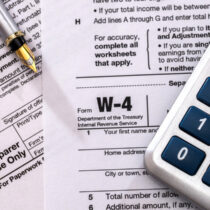









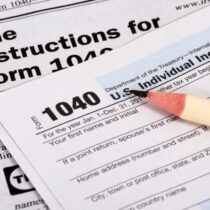






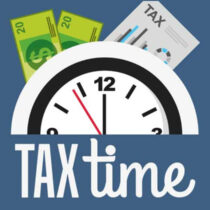


Comments are closed.